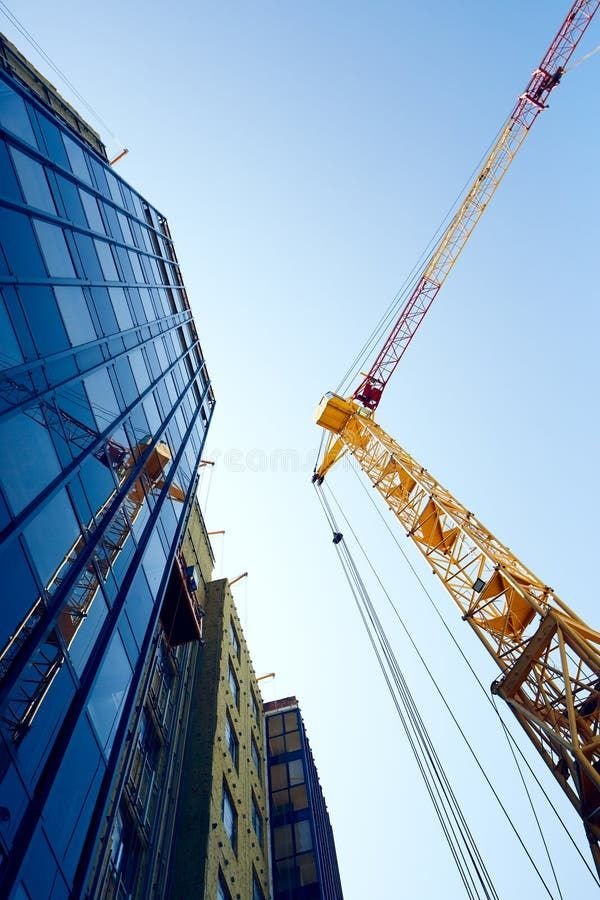When most people think about real estate investment, they picture location, price, and maybe rental yield. But one factor often overlooked,yet perhaps the most powerful wealth creator,is infrastructure. Roads, airports, ports, bridges, metro systems, and even broadband networks can turn once-forgotten neighborhoods into booming real estate goldmines.
For globally minded men building wealth abroad, understanding the relationship between infrastructure development and property values can make the difference between buying an average investment or catching the wave before the crowd.
Why Infrastructure Is the Ultimate Value Multiplier
At its core, infrastructure does one thing: it connects people. Better connectivity leads to increased demand, and increased demand raises the value of land and property. This multiplier effect plays out in three key ways:
- Accessibility – A new highway or metro line can slash commute times, suddenly making a “too far” neighborhood into the perfect residential zone.
- Economic Growth – Ports, airports, and industrial parks attract business activity, which means jobs, population growth, and higher demand for housing.
- Urban Prestige – Large-scale projects like modern airports, high-speed rail, or cultural centers change how a city is perceived, both domestically and internationally. Prestige attracts both residents and investors.
Think of infrastructure as the tide,and real estate prices as the boats. When the tide rises, every property in its path is lifted.
Case Studies: Where the Goldmines Emerged
1. Istanbul, Turkey
The construction of the Marmaray Tunnel (connecting Europe and Asia via an underwater rail) and the opening of Istanbul’s new mega-airport have fueled a real estate boom. Once-sleepy suburban areas are now prime development zones as connectivity improved drastically.
2. Medellín, Colombia
Decades ago, Medellín was considered dangerous and inaccessible. But the MetroCable (cable cars connecting hillside communities to the metro system) transformed not only transportation but also social mobility. Neighborhoods once ignored are now highly desirable and real estate prices reflect it.
3. Dubai, UAE
Dubai’s rise from desert to global hub was built almost entirely on infrastructure. Roads, artificial islands, world-class airports, and ports turned it into one of the most lucrative property markets on the planet.
4. Lagos, Nigeria
Projects like the Lekki-Epe Expressway and the ongoing Lagos Metro are already shifting demand eastward. Areas near the Lekki Free Trade Zone and Dangote Refinery, once undervalued are now among the hottest property markets in West Africa.
Signs You’re Sitting on an Upcoming Goldmine
When scouting international real estate, look for these early indicators:
- Government Announcements – Infrastructure is rarely built in secret. Pay attention to government master plans, budget allocations, and public-private partnerships.
- Foreign Investment – If you see multinational companies funding ports, industrial parks, or airports, demand is almost guaranteed to follow.
- Population Movement – Where roads, trains, or airports are built, people will go. Check demographic projections.
- Speculative Activity – If local investors are quietly buying land on the outskirts of a city, it’s a red flag (or green light) that something big is coming.
Risk Factors to Keep in Mind
Not every project delivers gold. Some turn into “white elephants”overbuilt, underutilized, and unable to generate returns. As an investor, ask:
- Will the project be completed on time and within budget?
- Is there real demand, or is it government vanity spending?
- What’s the economic engine supporting the project long-term?
Infrastructure-driven booms are powerful, but they also require patience. Sometimes it takes 5–10 years before the full effect is visible.
How You Can Position Yourself
If you want to capitalize on infrastructure-led real estate growth, here’s a strategy playbook:
- Buy Early – Acquire property before the project is finished. That’s where the multiplier is strongest.
- Target the Middle Class – Look for areas where improved transport makes commuting affordable for locals, not just elites.
- Diversify – Don’t put all your money into one city. Emerging markets in Africa, Latin America, and Eastern Europe are all undergoing massive infrastructure upgrades.
Think Global, Act Local,Partner with local agents and developers who understand which neighborhoods are about to shift.
Final Thought
Infrastructure is the hidden hand that shapes real estate fortunes. The men who understand it don’t just buy property,they buy into the future of cities. Whether it’s a highway in Lagos, a metro line in Istanbul, or a new airport in Eastern Europe, the lesson is clear: follow the infrastructure, and you’ll find the goldmine.













